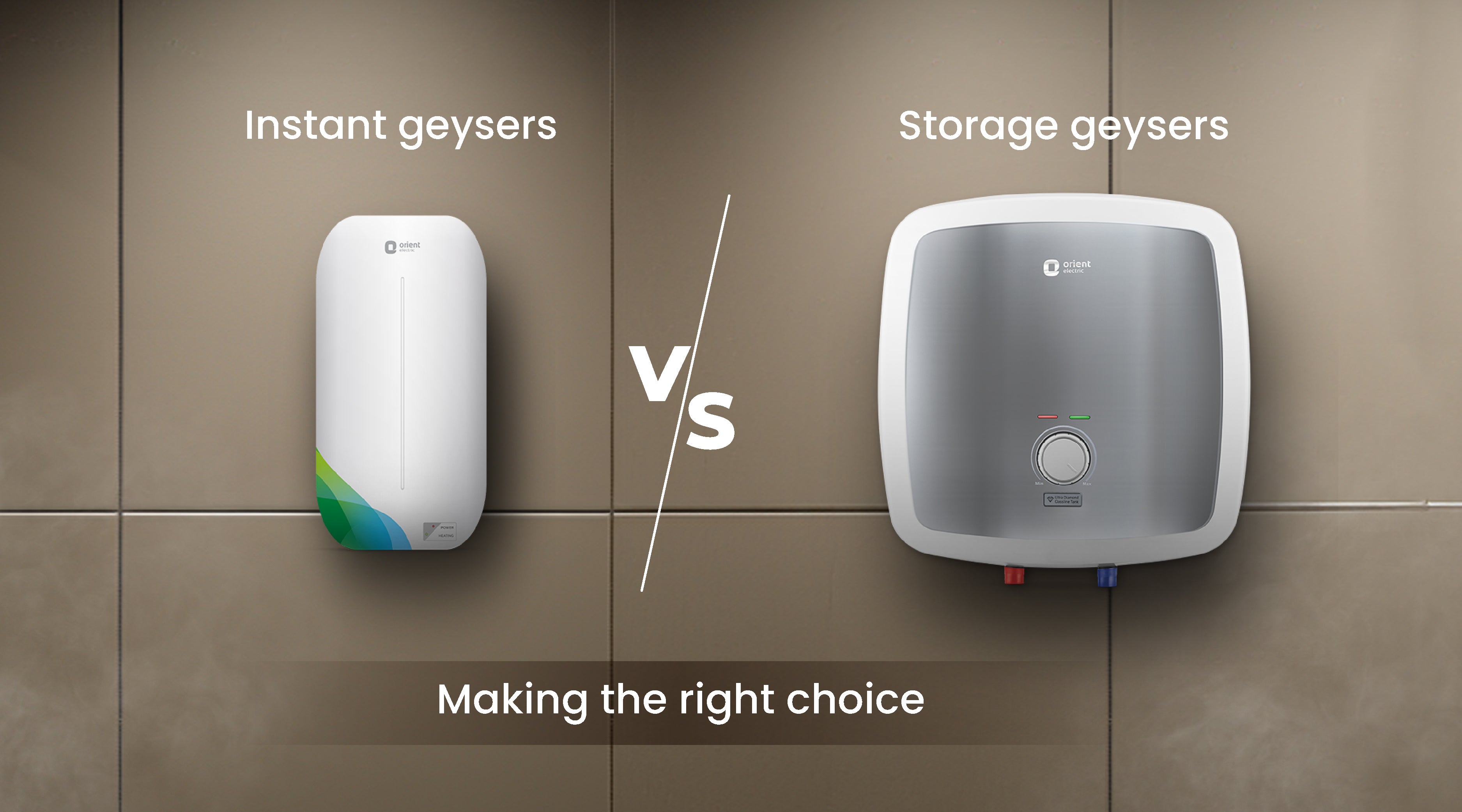Not all geyser sizes may not be suitable for older homes.
Not all geyser sizes may not be suitable for older homes.
Blog Article
Just how to Choose the Right Geyser to Take Full Advantage Of Energy Efficiency in Your Home
Picking an energy-efficient geyser is not as uncomplicated as it appears, requiring mindful evaluation of various aspects. From comprehending the various sorts of hot springs, to evaluating their energy performance ratings and taking into consideration placement strategy, each choice plays a crucial role in taking full advantage of performance. Balancing the initial financial investment with lasting savings is also essential. Let's embark on this journey to find how to make the most educated choice for a hot spring that will reduce your power bills while making certain optimum efficiency.

Understanding the Various Kinds of Geyser
While there are numerous kinds of hot springs readily available on the market, recognizing the distinctions in between them is critical for power effectiveness (geyser sizes). The first type, storage space hot springs, are one of the most usual and shop hot water in a storage tank for use when needed. They are offered in various abilities and are typically energy-efficient, yet they can shed heat when not in usage
The 2nd kind is the tankless geyser, which heats water on demand, leading to less energy waste yet needing a higher initial power draw. Solar geysers make use of solar power to heat up the water, making them the most energy-efficient however also the most expensive.
Examining Your House's Hot Water Demands
Prior to diving into the purchase of a hot spring, it is critical to examine the warm water needs of your household. This evaluation must consider many factors consisting of the number of house participants, regularity of warm water usage, and the number of hot water electrical outlets in the home (geyser sizes). A tiny family members with irregular warm water usage might need a smaller sized, less powerful geyser contrasted to a bigger family members with multiple everyday warm water demands
The kind of appliances that require warm water also play a significant function. Dishwashers and washing equipments, as an example, may call for more warm water than a simple shower or kitchen area sink. Additionally, certain activities such as showering or cleaning additionally affect the frequency and volume of warm water required.
Assessing Power Performance Rankings of Geyser
Having actually examined the warm water demands of your family, it's vital to turn your interest to the power performance scores of hot springs. These scores, usually provided as Power Element (EF), suggest a hot spring's general energy effectiveness based on the amount of warm water produced per system of gas eaten over a common day. The greater the EF, the more reliable the hot water heater.

Considerations in Geyser Dimension and Placement
Beyond power effectiveness ratings, the dimension and placement of your geyser are crucial aspects hop over to these guys to take into consideration. The size of the geyser need to align with your house's warm water demands. A tiny geyser may use less energy but may not offer adequate warm water for numerous usages at the same time, whereas a bigger device can fulfill higher demand yet might eat even more power.
Positioning additionally impacts power effectiveness. Hot springs ought to be mounted close to factors of use to lessen heat loss during water transport. A centrally situated geyser can service multiple areas efficiently. Additionally, considering thermal insulation, a hot spring situated in a warmer area loses less warm and for that reason utilizes much less energy to maintain the water temperature level.
Cost Evaluation: Stabilizing Preliminary Investment and Long-Term Financial Savings
While dimension and placement undoubtedly play considerable duties in a hot spring's energy performance, one need to not forget the economic facet. When taking into consideration the first financial investment, the rate of energy-efficient geysers can be greater than common designs. The boosted in advance expense can be countered by long-lasting power financial savings, making it a worthwhile financial investment in the lengthy run (geyser sizes).
Examining long-lasting cost savings calls for an understanding of the geyser's power score. A device with a greater rating will certainly eat much less power, equating to reduced utility bills in time. Federal government incentives and refunds for energy-efficient appliances can also assist redeem first expenses.
Finally, maintenance and life expectancy should be factored in. Energy-efficient hot springs typically have much longer life-spans and lower upkeep prices, adding to total savings. When stabilizing initial investment and long-lasting cost savings, one ought to think about not just the purchase cost however additionally energy intake, federal government incentives, and upkeep expenses.

Final thought
These include comprehending the types of geysers, examining your household's hot water requirements, reviewing power efficiency ratings, and determining expense advantages. The right geyser size, placement, and go to this site insulation can substantially lower energy expenses and ecological effect.
Report this page